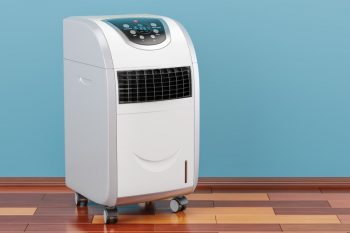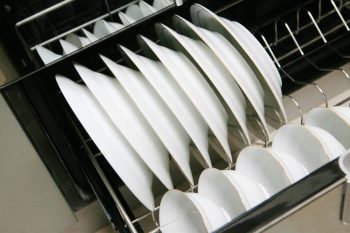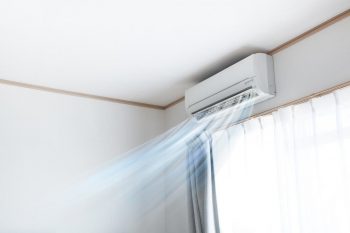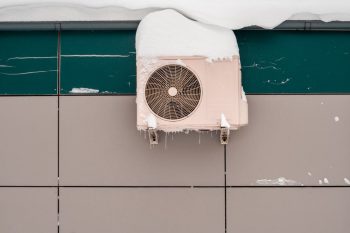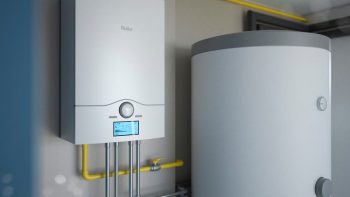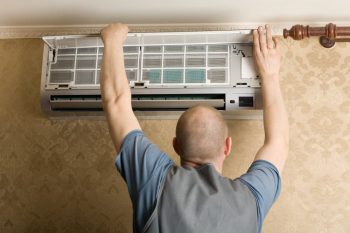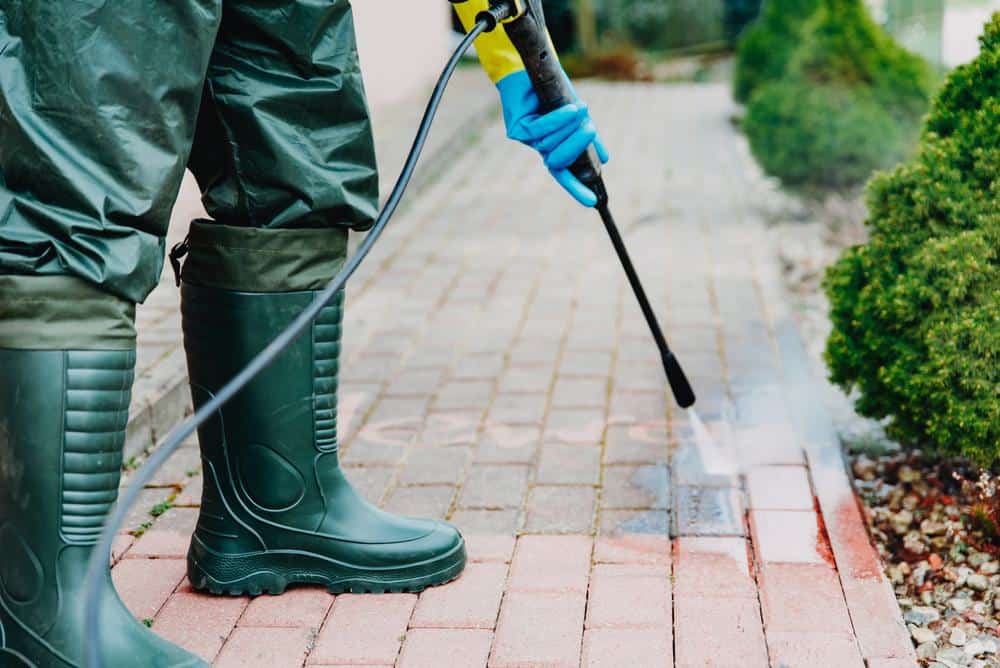
Starting a power washer that has been sitting idle for a while can be a daunting task, especially if you’re not familiar with the inner workings of the machine. This comprehensive guide aims to simplify the process, providing you with step-by-step instructions, troubleshooting tips, and maintenance advice to get your power washer up and running again.
To start a power washer that has been sitting, first perform checks on the engine oil, air cleaner, fuel system, gas tank, inlet filter, and water pump. Connect a garden hose to the inlet connector and ensure water is running through the pump. Then, replace the old fuel with fresh fuel, check the spark plug, clean the carburetor, check the air filter, inspect the fuel lines and fuel filter, and prime the engine. Ensure the choke and throttle settings are correct and release any built-up pressure in the system before starting the engine. If the power washer still won’t start, consider troubleshooting or consulting a professional.
Preliminary Checks Before Starting
Before attempting to start your power washer, it’s essential to perform a few preliminary checks:
- Inspect the engine oil level: The engine oil should be at the proper level. Depending on the manufacturer’s recommendation, use SAE 10W30 or SAE 10W-40 oil.
- Inspect and clean the air cleaner: Ensure the air cleaner is free of debris.
- Check the fuel system: Look for any leaks or signs of deterioration in the fuel lines, tank, cap, and fittings, and replace if necessary.
- Add fuel to the gas tank: The gas tank should have an adequate amount of fuel.
- Inspect and clean the inlet filter: Clean the inlet filter with clear water.
- Connect a garden hose to the inlet connector: Attach a 5/8″ garden hose to the inlet connector, ensuring a minimum water flow of 3 GPM.
- Turn on the water at the faucet: Allow water to flow until a steady stream comes out of the wand.
- Check the pump oil level: The pump oil level should be adequate.
- Inspect the spray gun extension and quick connect nozzles: Ensure they are in good condition.
- Tighten handle knobs: The handle knobs should be tight and not vibrate loose.
- Ensure water is running through the pump: Running the power washer without water can damage the seals or crack the piston.
Starting the Power Washer
Now that you’ve performed the preliminary checks, you can proceed with starting the power washer. Here are the steps to follow:
- Inspect and replace the fuel: Drain the old fuel from the tank and replace it with fresh fuel.
- Check the spark plug: Inspect the spark plug for damage or wear, and replace it if necessary.
- Clean the carburetor: Remove the carburetor from the engine and clean it with a carburetor cleaner. Remove any gunk or debris that may have accumulated.
- Check the air filter: Clean or replace the air filter if it’s dirty.
- Inspect the fuel lines and fuel filter: Check for any cracks or damage in the fuel lines and replace them if necessary. Also, replace the fuel filter if it’s clogged or dirty.
- Prime the engine: If your pressure washer has a primer bulb, press it a few times to prime the engine before attempting to start it.
- Choke and throttle settings: Ensure that the choke and throttle settings are in the correct positions for starting the engine.
- Release pressure in the system: Point the spray gun away from you and gently pull the trigger to release any built-up pressure before starting the engine.
Troubleshooting Tips
If your power washer still won’t start after following these steps, here are some common troubleshooting tips to try:
- Check the fuel: If the fuel in your power washer has gone bad, drain the fuel tank, clean and flush the fuel tank, replace the fuel filter, fill the tank with fresh fuel, clean the carburetor, and dispose of the old fuel safely.
- Inspect the spark plug: A fouled or damaged spark plug can prevent the engine from starting. Replace the spark plug if necessary.
- Ensure proper power supply: For electric pressure washers, make sure the outlet has power and that the power cord is not damaged.
- Clean the carburetor: Clean the carburetor to ensure proper fuel flow.
- Check the unloader valve: A bad unloader valve can cause the engine to stall. Replace the unloader valve if necessary.
Remember that if you’re not comfortable performing these tasks, it’s best to consult a professional or contact the power washer’s manufacturer for assistance.
Proper Storage and Maintenance
To avoid issues when starting a power washer after a long period of inactivity, follow these storage and maintenance guidelines:
- Drain and stabilize the gasoline: Add fuel stabilizer to prevent stale fuel from damaging the components.
- Flush the system: Remove all water and leftover detergent from the system.
- Add pump saver: Apply pump saver to the pump system to prohibit moisture from forming, prevent freezing, and prevent mineral deposits from developing.
- Disconnect and dry all attachments: Remove hoses, seals, and other parts to prevent cracking and damage from low temperatures.
- Lubricate O-rings: Apply silicone plumber’s grease to the O-rings in the pressure washer hose connector to prevent tearing and failure.
- Store in a dry, temperature-controlled location: Keep your pressure washer in a location protected from the elements, moisture, and extreme temperatures.
- Cover the power washer: Use a suitable protective, moisture-resistant cover to protect the power washer from dust and other contaminants.
- Follow manufacturer recommendations: Check with your power washer’s manufacturer for specific storage and maintenance instructions.
By following these guidelines, you can ensure that your power washer remains in good condition and is ready for use after a long period of inactivity.
Frequently Asked Questions
What type of fuel should I use for my power washer?
Most power washers use regular unleaded gasoline. However, it’s always best to check the manufacturer’s guidelines to ensure you’re using the correct type of fuel.
How often should I check the oil level in my power washer?
You should check the oil level before each use. If your power washer is used frequently, consider changing the oil every 50 hours of operation or at least once a year.
How do I clean the carburetor of my power washer?
To clean the carburetor, you’ll need to remove it from the engine and use a carburetor cleaner. Spray the cleaner into the carburetor and use a brush to remove any gunk or debris that may have accumulated.
How often should I replace the air filter in my power washer?
The air filter should be replaced every 100 hours of operation or at least once a year. However, if your power washer is used in a dusty environment, the air filter should be replaced more frequently.
What is the purpose of the unloader valve in my power washer?
The unloader valve is a safety device that diverts water flow back to the pump when the spray gun trigger is released. This prevents excessive pressure build-up within the system, which could potentially damage the pump.
What is a pump saver and why should I use it?
A pump saver is a product designed to protect your power washer’s pump during periods of inactivity. It helps to prohibit moisture from forming, prevent freezing, and prevent mineral deposits from developing within the pump system.
Why do I need to lubricate the O-rings in my power washer hose connector?
Lubricating the O-rings in the hose connector helps to ensure a tight seal and prevents any water leaks. It also helps to prevent the O-rings from tearing and failing over time.
What type of cover should I use to protect my power washer when not in use?
A good cover for your power washer should be moisture-resistant and able to protect the machine from dust and other contaminants. It’s best to use a cover specifically designed for power washers to ensure a proper fit.

